Indoor ferns are prized for their lush, feathery foliage and ability to bring a touch of the outdoors into homes, offices, and indoor gardens. Known for their graceful fronds and rich green color, ferns create a serene, refreshing atmosphere and pair beautifully with other houseplants. However, while undeniably attractive, ferns require specific care to maintain their vibrant appearance indoors.
Whether you’re a novice plant parent or an experienced indoor gardener, this comprehensive guide will walk you through how to care for an indoor fern, including choosing the right fern, ideal growing conditions, watering practices, fertilizing, pruning, and troubleshooting common issues.
Why Grow Indoor Ferns?
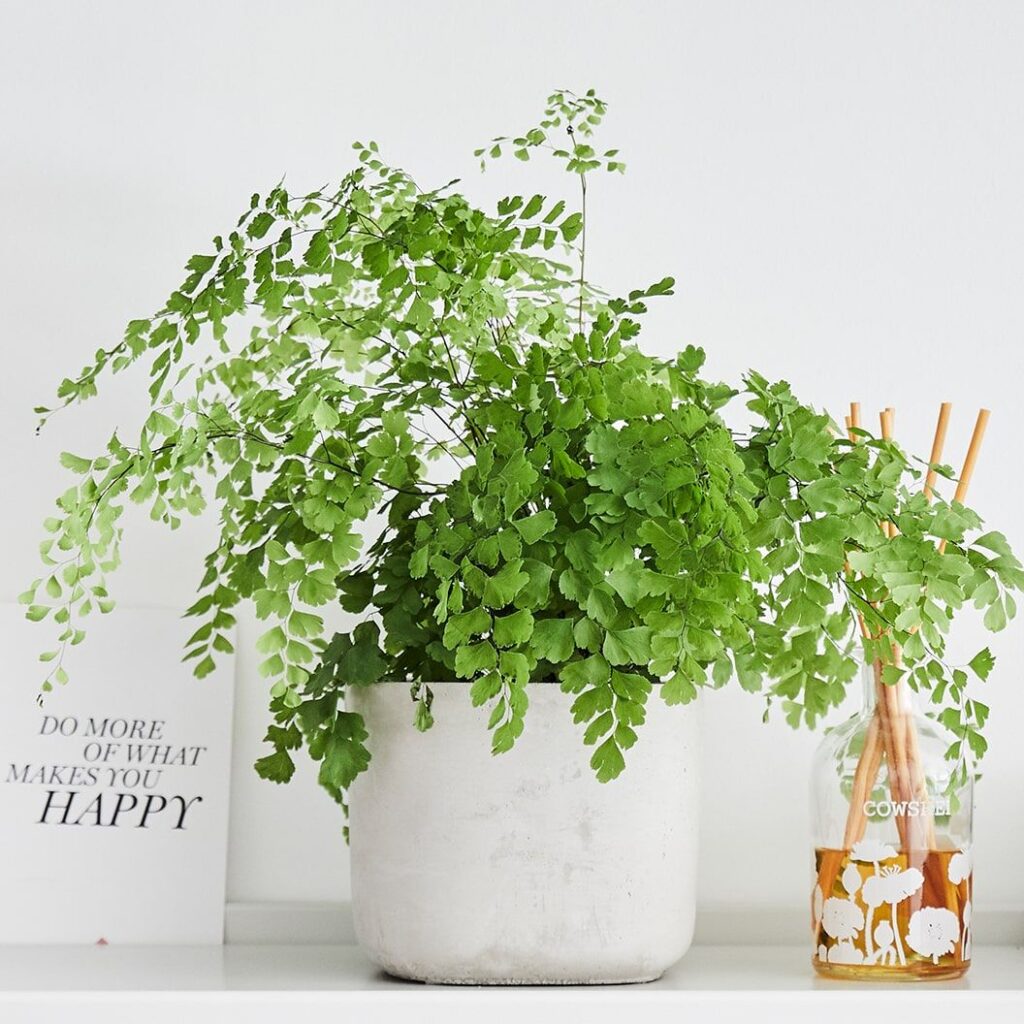
Ferns are among the oldest living plant species, dating back over 300 million years. Indoors, they offer several benefits:
- Natural air purifiers
- Visually soothing and decorative
- Complement a variety of interior design styles
- Thriving in indirect light conditions where other plants may struggle
Popular indoor fern varieties include:
- Boston Fern (Nephrolepis exaltata)
- Maidenhair Fern (Adiantum spp.)
- Bird’s Nest Fern (Asplenium nidus)
- Asparagus Fern (Asparagus densiflorus)
- Staghorn Fern (Platycerium bifurcatum)
Choosing the Right Fern for Indoor Spaces
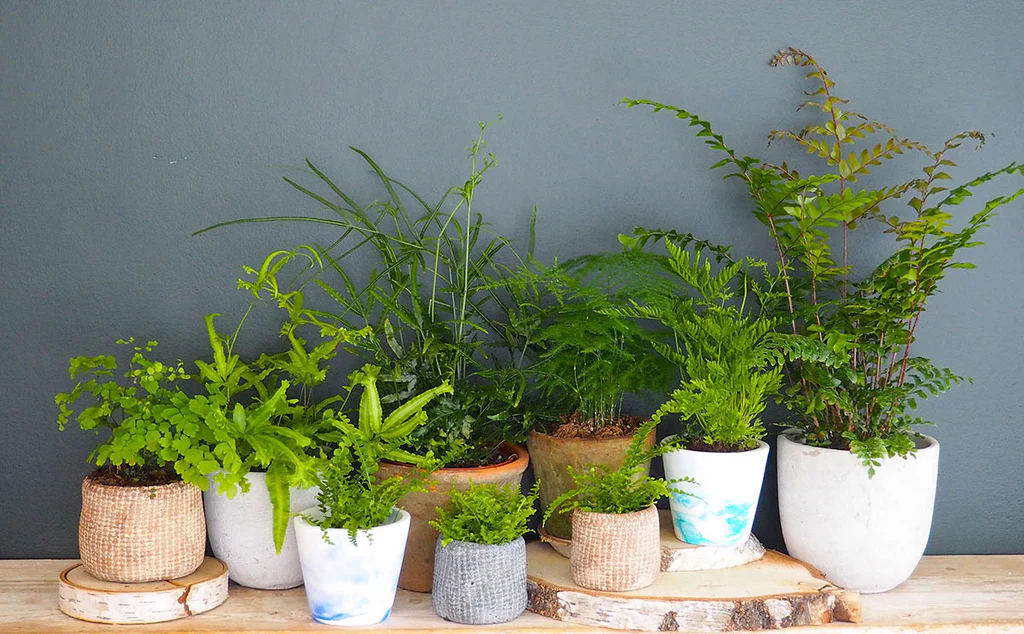
Not all ferns thrive equally indoors. When selecting a fern for your home:
- Consider the light levels in your space.
- Choose humidity-tolerant varieties for indoor conditions.
- Opt for compact species if space is limited.
Top indoor-friendly ferns:
- Boston Fern: Classic, easy-care choice for bright, humid rooms.
- Bird’s Nest Fern: Unique, wavy fronds and tolerates lower humidity.
- Maidenhair Fern: Delicate beauty but requires high humidity.
- Staghorn Fern: A conversation piece when mounted on walls.
Light Requirements for Indoor Ferns
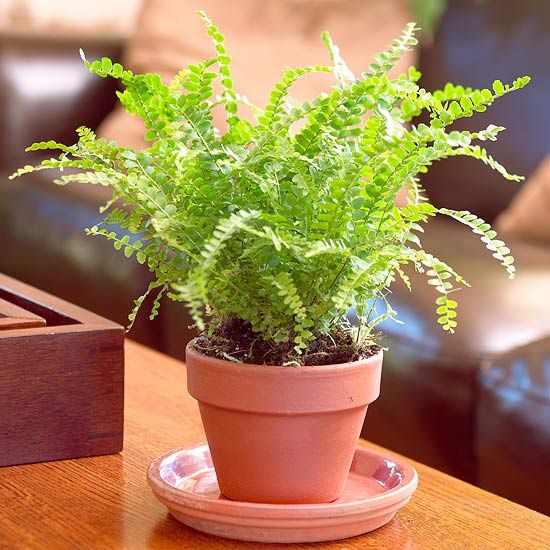
Ferns naturally grow in the shaded understory of forests, making them ideal for spots with indirect, filtered, or dappled sunlight.
Ideal light conditions:
- Bright, indirect light near east- or north-facing windows.
- Avoid direct afternoon sunlight, which can scorch delicate fronds.
- Low light is tolerated by some species like Asparagus Fern and Bird’s Nest Fern but may slow growth.
If natural light is limited, place ferns under fluorescent or LED grow lights for 10–12 hours daily.
Watering Indoor Ferns
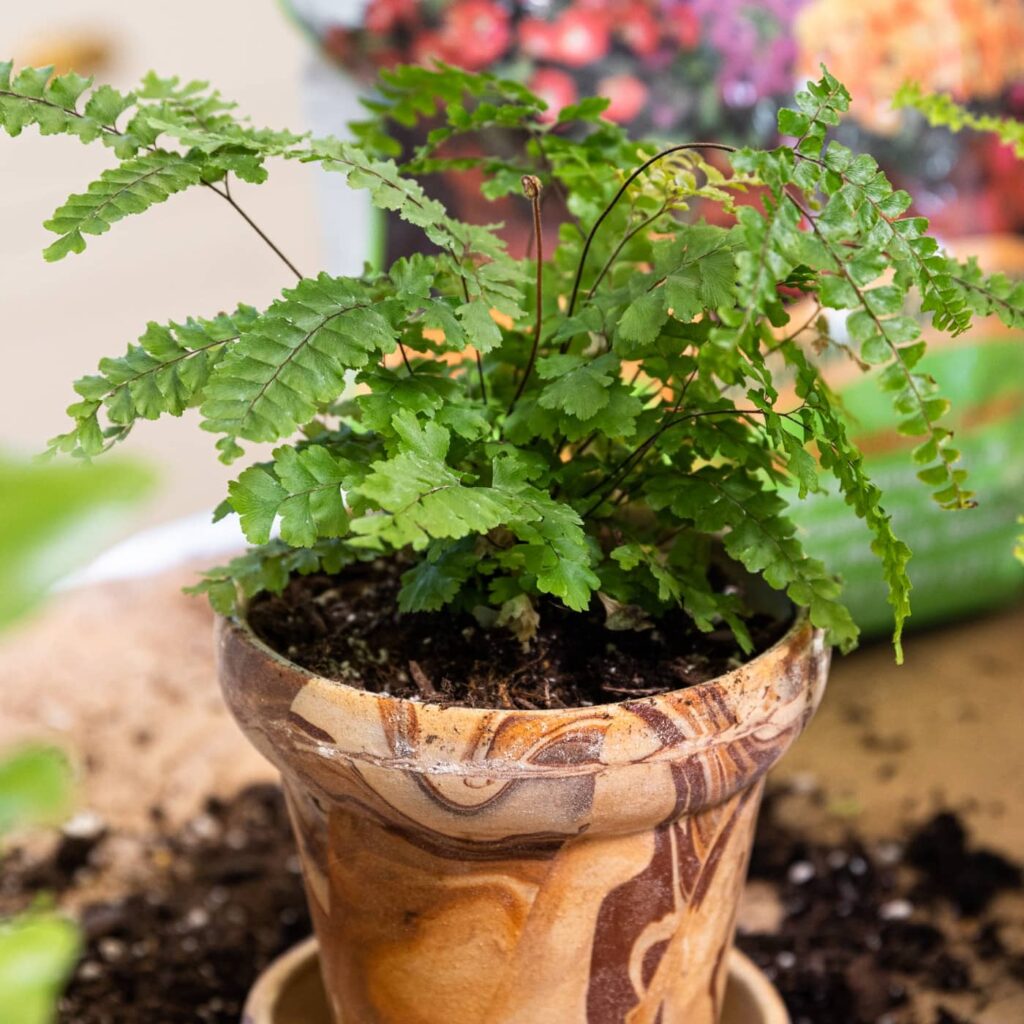
Watering is crucial for ferns, as they thrive in consistently moist — but not soggy — soil.
Watering Guidelines:
- Check the top 1 inch (2.5 cm) of soil. If dry, water thoroughly until excess drains out.
- Avoid letting the soil dry out completely.
- Water less frequently in winter when growth slows.
- Use room-temperature, filtered, or distilled water to prevent chlorine and mineral build-up.
Boston Ferns and Maidenhair Ferns are particularly sensitive to dryness and may drop leaves if neglected.
Humidity and Temperature Needs
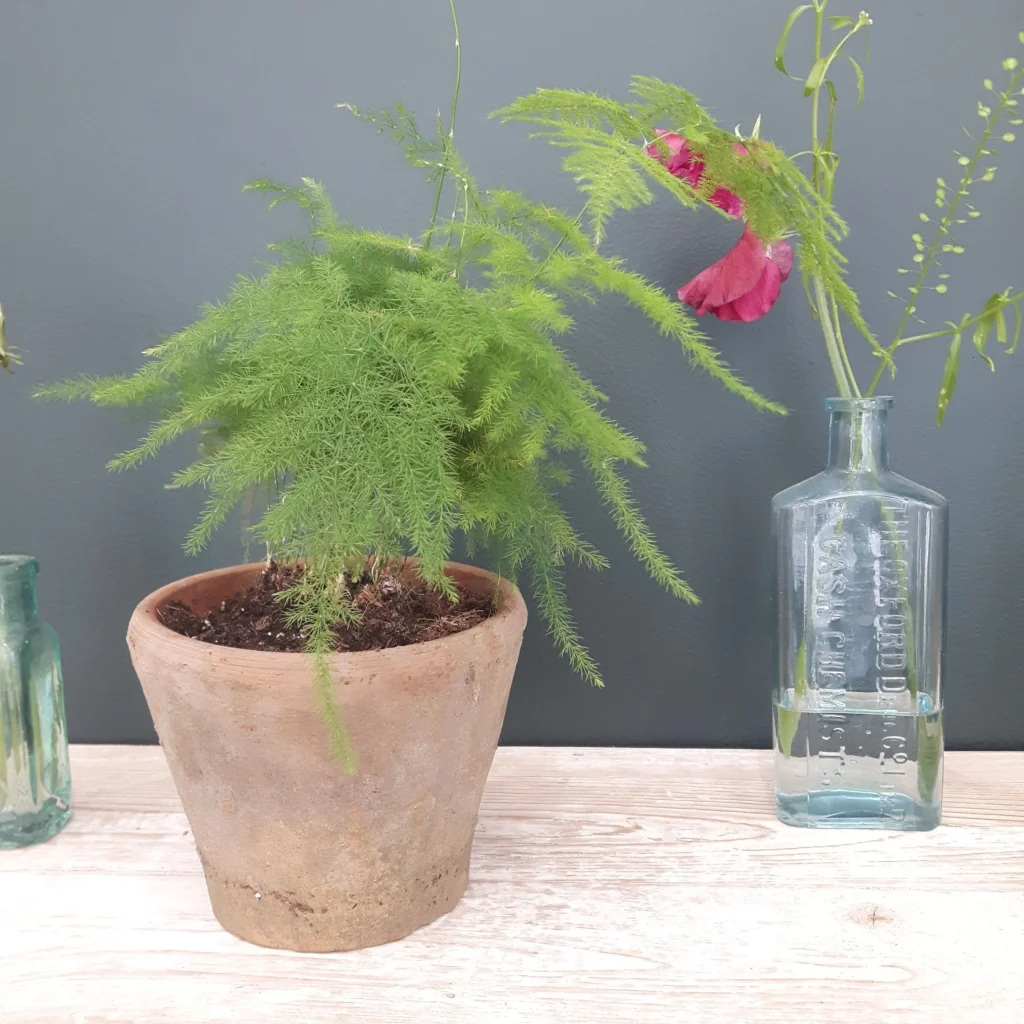
Ferns flourish in high humidity environments, replicating their natural habitat.
Ideal Humidity:
- 50% or higher.
- Use a humidifier, mist the leaves daily, or place the pot on a pebble tray with water.
- Grouping plants together also raises humidity levels naturally.
Temperature:
- Best range: 60°F to 75°F (15°C–24°C).
- Avoid drafts, heaters, or air-conditioning vents, which dry out the air.
Soil and Potting Mix
Indoor ferns require a light, well-draining, and organic-rich potting mix.
Recommended soil mix:
- 2 parts peat moss or coco coir
- 1 part perlite or coarse sand
- 1 part organic compost
This mix retains moisture without becoming waterlogged, preventing root rot.
Fertilizing Indoor Ferns
Ferns benefit from regular, gentle feeding during their active growing season (spring to early fall).
Fertilizing Tips:
- Use a balanced, water-soluble houseplant fertilizer (e.g., 10-10-10 or 20-20-20).
- Dilute to half the recommended strength.
- Feed once every 4–6 weeks.
- Avoid over-fertilizing, which can scorch sensitive fronds.
Stop feeding in late fall and winter when the plant enters dormancy.
Pruning and Grooming
Regular pruning keeps indoor ferns healthy and attractive.
How to Prune:
- Remove yellow, brown, or withered fronds at the base using sharp scissors or pruning shears.
- Trim back overgrown fronds to shape the plant.
- Remove dust from fronds gently with a soft brush or by rinsing under lukewarm water.
Repotting Indoor Ferns
Ferns benefit from repotting every 1–2 years or when roots become crowded.
Repotting Steps:
- Choose a pot 1–2 inches wider than the current container.
- Refresh soil with the recommended mix.
- Gently divide the root ball if the plant is overly crowded.
- Water thoroughly after repotting.
Repotting is best done in early spring, ahead of the active growth season.
Common Problems and Solutions
| Problem | Cause | Solution |
|---|---|---|
| Yellowing fronds | Overwatering or underwatering | Adjust watering schedule |
| Brown, crispy leaves | Low humidity or excessive sunlight | Increase humidity, move out of direct sun |
| Drooping leaves | Dry soil or root congestion | Water thoroughly, check root health |
| Frond tips turning black | Over-fertilizing or poor drainage | Flush soil, reduce feeding, improve drainage |
| Pests (scale, mealybugs, aphids) | Dry air or poor air circulation | Isolate plant, wipe leaves with insecticidal soap |
Tips for Thriving Indoor Ferns
- Rotate your plant regularly for even light exposure.
- Keep ferns away from heaters, radiators, and air vents.
- Use filtered or distilled water for sensitive species.
- Mist fronds during dry seasons.
- Remove dead fronds promptly to prevent fungal issues.
Conclusion
Indoor ferns are timeless, beautiful houseplants that enhance any living space with their soft, airy foliage and natural charm. While they demand a bit more attention than some hardy succulents or low-light plants, their lush beauty is well worth the effort.
By providing the right balance of indirect light, consistent moisture, high humidity, gentle feeding, and occasional pruning, you’ll ensure your indoor fern flourishes year-round. Whether you’re nurturing a classic Boston Fern, a delicate Maidenhair Fern, or a bold Staghorn Fern, these elegant plants will reward you with refreshing greenery and a calming presence in your home.
With a little care, your indoor fern can thrive for years, becoming a staple of your indoor garden and a daily reminder of the serenity nature offers — even inside your living room.
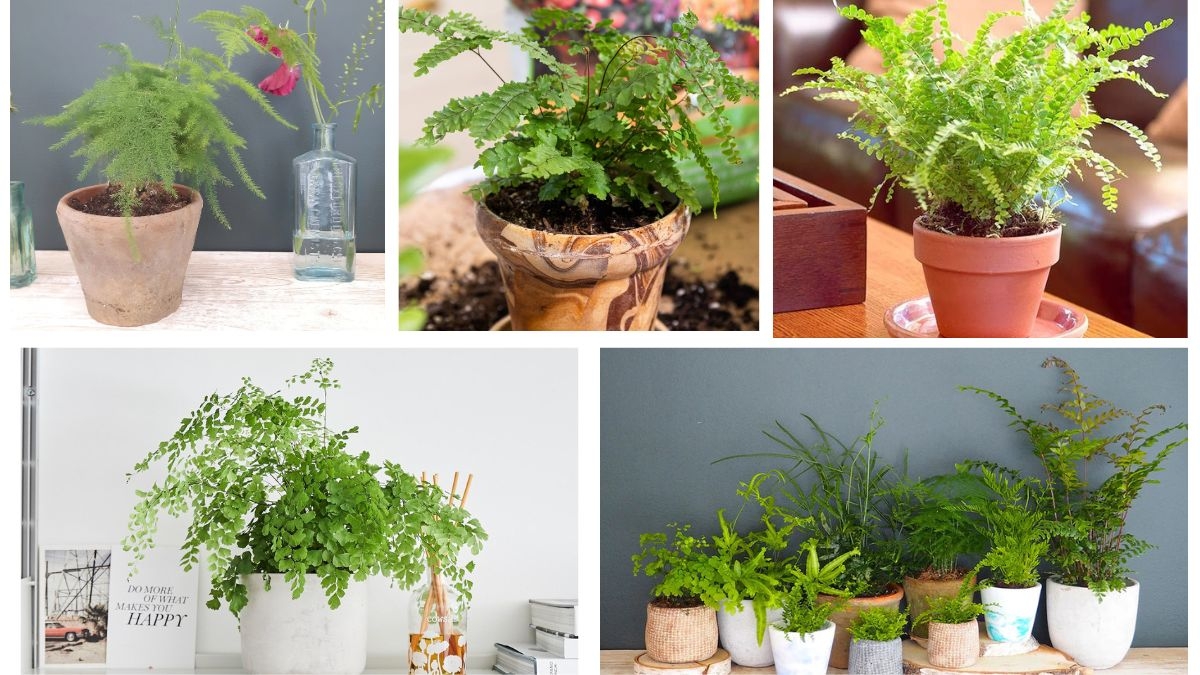



Leave A Comment